The Pacific Spaceport Complex – Alaska (PSCA) on Kodiak Island provides responsive, flexible, and low-cost access to space for small- and light-lift vertical rockets and stratospheric balloons. PSCA has been launching rockets since 1998 and was the first FAA-licensed spaceport not co-located on a federal range.
One of the pioneering features of PSCA is its’ economic model. Since 2015, the spaceport has not accepted state or federal funds for operations & maintenance and must operate within earned revenues. As such, PSCA provides unqualified economic benefit to Alaska, stimulates innovation, and keeps the team focused on customer outcomes versus stifling bureaucratic processes.
As one of only four orbital vertical rocket launch sites in the United States, PSCA plays a key role in providing resiliency for US access to space. PSCA also enjoys the largest launch azimuth range of any spaceport in the US and can access high-inclination, polar, and sun-synchronous orbits between 59° and 110° inclination.
The following three graphics provide a virtual tour of PSCA, including an Overview of the site, “Downrange” launch pads, and “Uprange” control centers.
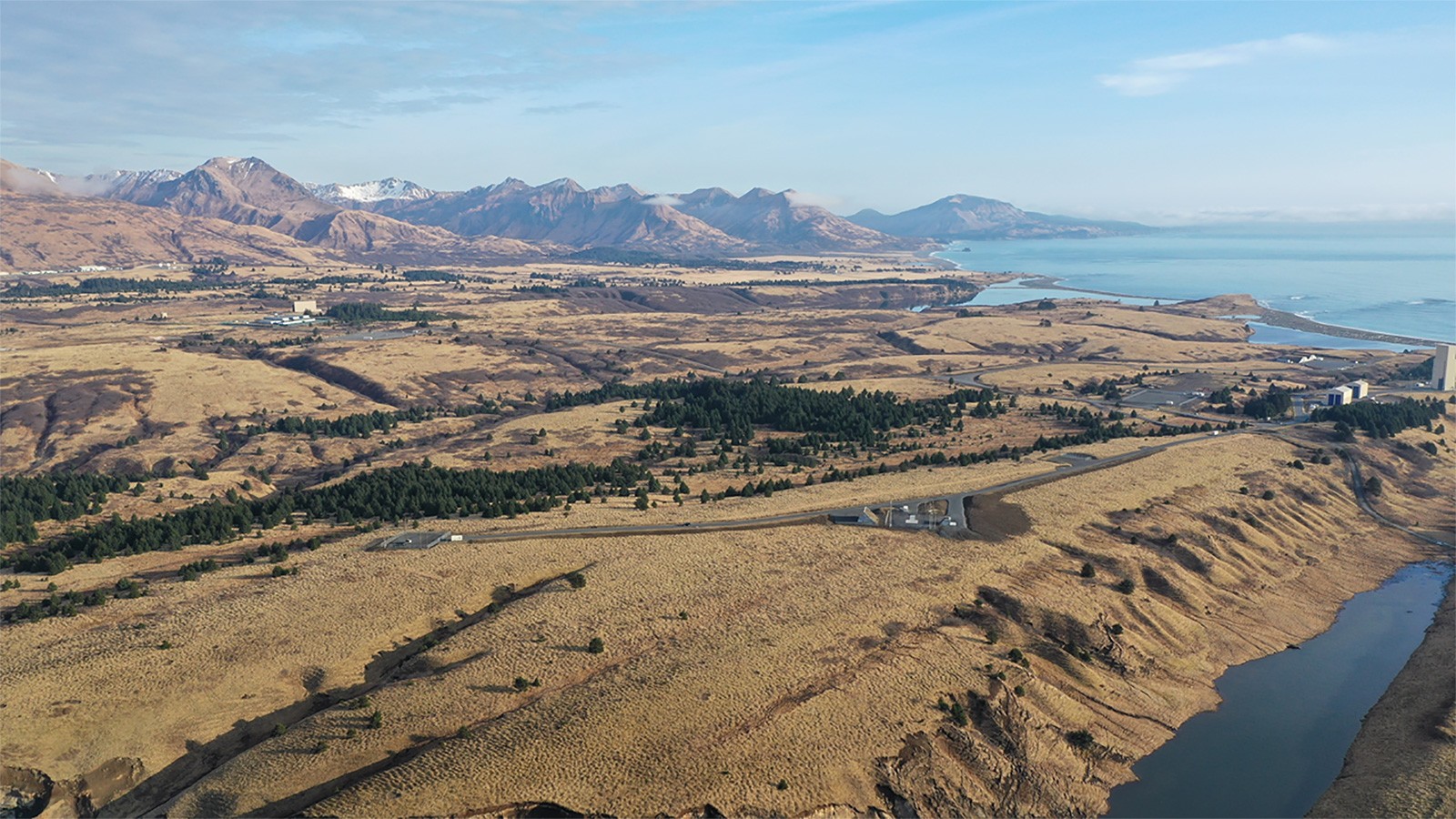
"UPRANGE" COMMAND CENTER
This is the nerve center for launch operations. Launch/Mission control , tracking and telemetry, other support functions operate here. At nearly 2-miles from the “Down Range” launch pads, personnel and visitors can safely support and view launches.
Payload Processing Facility
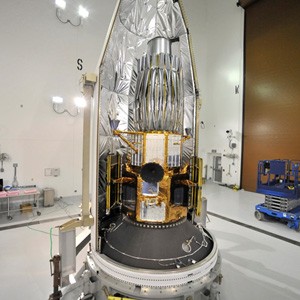
With two large clean rooms, a 15T crane, and hypergolic fueling capability, PSCA can safely and efficiently store and process a variety of payloads.
"DOWN RANGE" LAUNCH PADS
This is where the excitement happens! Six launch pads support solid, liquid, and hybrid suborbital, light-lift, and small-lift launch vehicles.
PUBLIC USE TRAIL SYSTEM

Aside from the occasional closures for hazardous operations and launches (in 2019 the area was rarely closed), the public is welcome to enjoy the site’s extensive trail system that winds throughout the spaceport’s 3,700 acres. Enjoy world-class whale watching, observe a herd of bison, and watch eagles soar at the idyllic Narrow Cape.
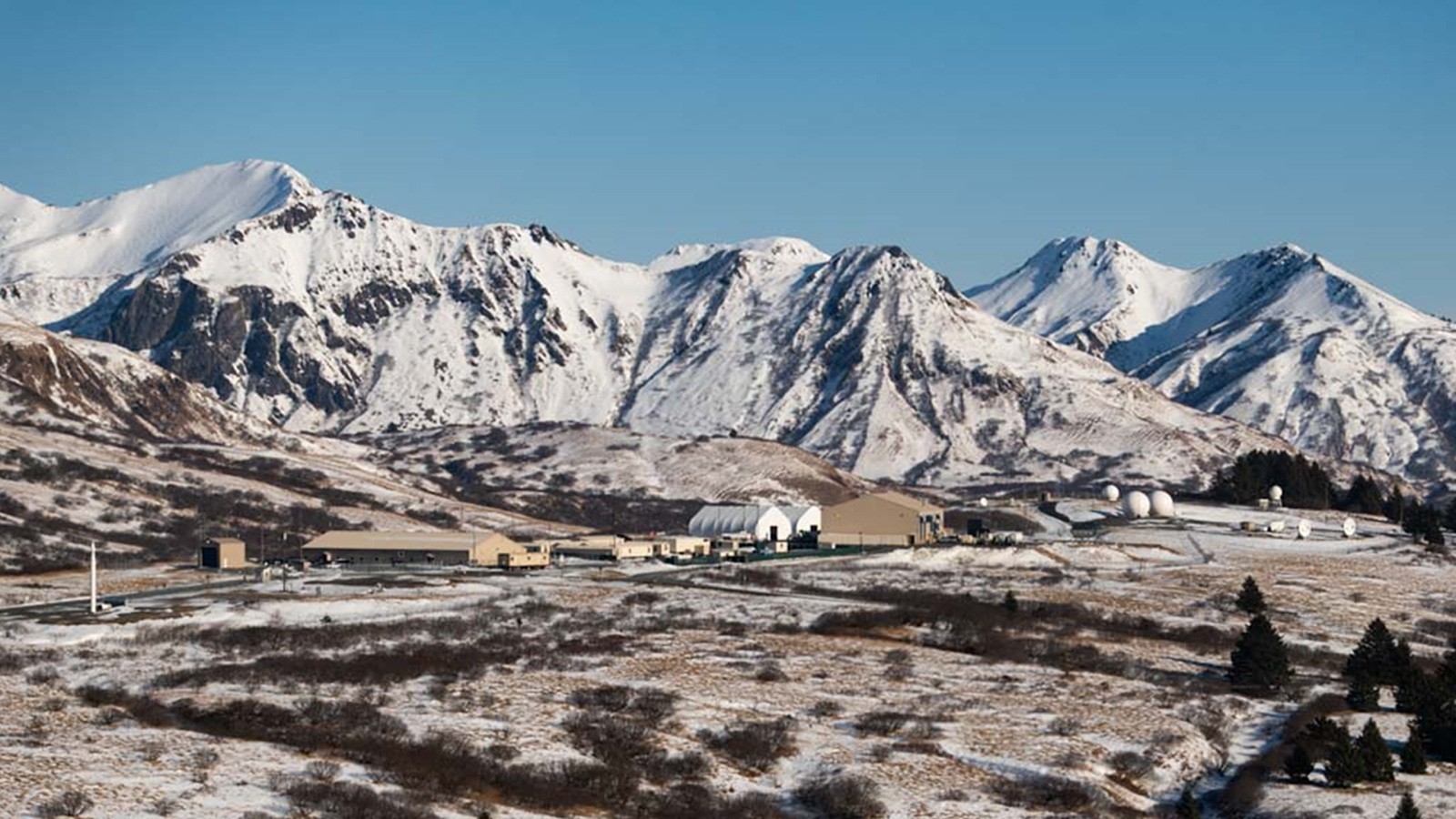
Meteorological Support

Our team of Alaska meteorologists integrate sensor data from multiple locations across the spaceport, the weather radar data, weather balloons, and satellites to provide the launch team with precise conditions and valuable forecasts. By understanding the weather better PSCA is able to reduce launch delays and ensure mission success.
Launch Control
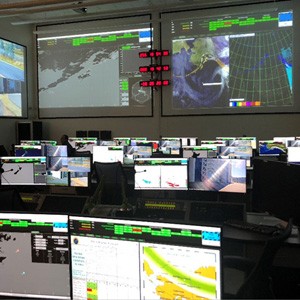
As the nerve center of PSCA’s launch operations since 1998, the hallways of our launch control centers echo with “3…2…1…liftoff!” Two launch control centers, three conference rooms, and workspaces for over 120 staff can be integrated to meet the demands of a single major defense test or can be segregated to smaller sections to simultaneous support separate customers.
Maintenance and Support
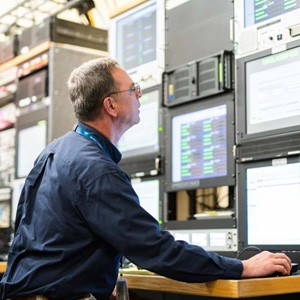
This is where PSCA’s team of top-notch maintainers and system experts keeps the spaceport’s capabilities ready to meet our customer’s exacting and responsive needs. From tuning advanced electronics to changing tires on our 12T forklift to maintaining fire trucks, our team does it all.
Instrumentation Field
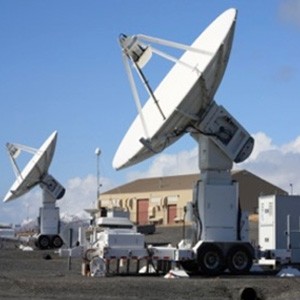
If it moves on the range, this is where we track it. Several fixed and mobile Range Safety and Telemetry System (RSTS) antennas, a range safety surveillance radar with auto-ID technology, and an X-band weather radar share this ridge line overlooking the “Down Range” launch pads.

Rocket Motor Storage Facility (RMSF)

Sometimes you need to put the rockets away in a safe place. Two climate controlled earth-covered magazines provide safe storage for solid-fueled rockets as they await their launch dates. Also, one of the magazine has been modified to facilitate horizontal integration and check-out of liquid-fueled launch vehicles.
Launch Pads 1 & 2

The 174’ tall launch tower of LP-1 and the nearby facilities support all-indoor climate-controlled launch vehicle integration. As the workhorse for our largest solid-fueled rockets, LP-1’s launch stool and flame trench can accommodate Minotaur, Athena, and similar vehicles. Not to be overshadowed by the nearby tower, historic LP-2 was the site of our first government launch in 1998 and our first commercial launch in 2018. LP-2 also provides all indoor launch vehicle processing with a “flat pad” design capable of support smaller liquid, solid and hybrid vehicles. Due to it’s flexibility and accommodations, LP-2 is often the first choice for many newcomers to the spaceport.
Launch Pad 3C

Designed as a “flat pad” with water deluge containment and protective propellent berms, this pad is a common-use site to support engine tests, suborbital flights, and light-lift orbital missions of liquid, solid and hybrid-fueled vehicles.
Launch Pad 3B "Astra Spaceport"
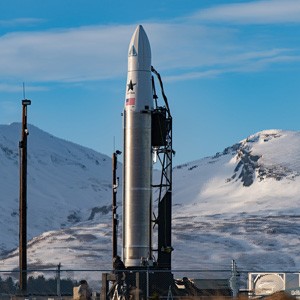
Home to Astra Space, one of the worlds’ newest and most cost-effective launch companies. LP-3B provides Astra streamlined low-cost access to high-inclination and sun-synchronous orbits for PSCA’s first commercial anchor launch customer.
Launch Pad 3D

Sometimes all you need is a gravel pad (with power and fiber connectivity, of course). LP-3D provides a simple, yet effective, capability for launching smaller systems.
